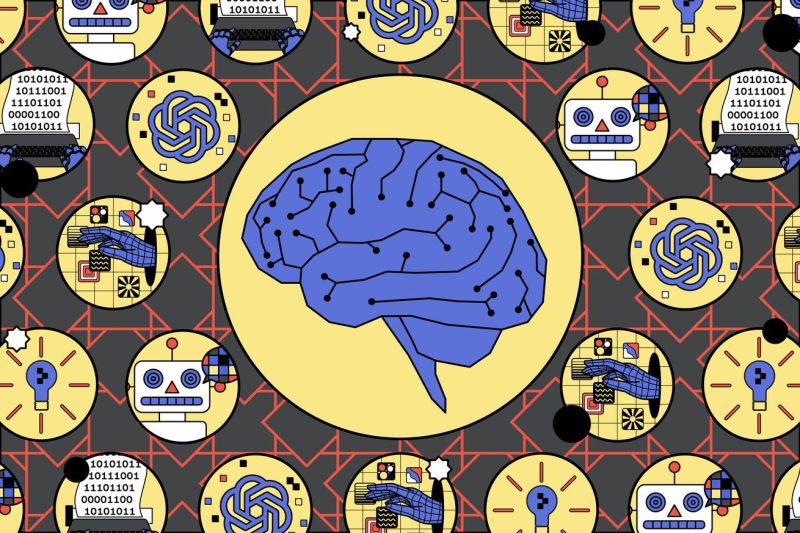In recent years, artificial intelligence (AI) has made significant advancements, revolutionizing various sectors and enhancing our daily lives. However, as AI systems become more sophisticated, researchers and experts are increasingly addressing the issue of AI hallucinations. These hallucinations are a growing concern in the field of AI, raising important questions about the potential risks and consequences associated with these phenomena.
At the core of the AI hallucination problem lies the ability of AI systems to generate realistic and believable content, such as images, videos, and text. While this capability has led to impressive applications in areas like creative design and content generation, it has also opened the door to unintended consequences. AI systems trained on large datasets of human-generated content can inadvertently produce misleading or harmful outputs that resemble reality but are entirely fictional.
One of the primary reasons behind AI hallucinations is the bias and misinformation present in the data used to train these systems. As AI algorithms learn from human-generated data, they inevitably inherit the biases and inaccuracies present in that data. This can manifest in the form of stereotypical representations, misinformation, or even malicious content generated by AI systems.
Furthermore, the lack of interpretability in AI systems poses a significant challenge in identifying and mitigating AI hallucinations. When AI systems produce erroneous or misleading outputs, it can be difficult for researchers to understand why these mistakes occur. This opacity hinders efforts to address and correct the underlying issues that lead to AI hallucinations, posing a substantial obstacle to ensuring the responsible development and deployment of AI technologies.
Addressing the AI hallucination problem requires a multi-faceted approach that focuses on enhancing data quality, improving algorithms’ interpretability, and promoting ethical considerations in AI development. To mitigate the risks associated with AI hallucinations, researchers must prioritize transparency and accountability in AI systems, ensuring that users understand the limitations and potential biases of these technologies.
Moreover, collaboration between industry stakeholders, policymakers, and researchers is essential to establish guidelines and standards for AI development and deployment. By fostering an open dialogue and sharing best practices, the AI community can work together to address the challenges posed by AI hallucinations and promote the responsible use of AI technologies.
In conclusion, the AI hallucination problem underscores the need for proactive measures to mitigate the potential risks and consequences associated with AI systems’ unintended outputs. By promoting transparency, interpretability, and ethical considerations in AI development, researchers and stakeholders can work together to address this critical issue and ensure that AI technologies continue to benefit society while minimizing harmful impacts.

